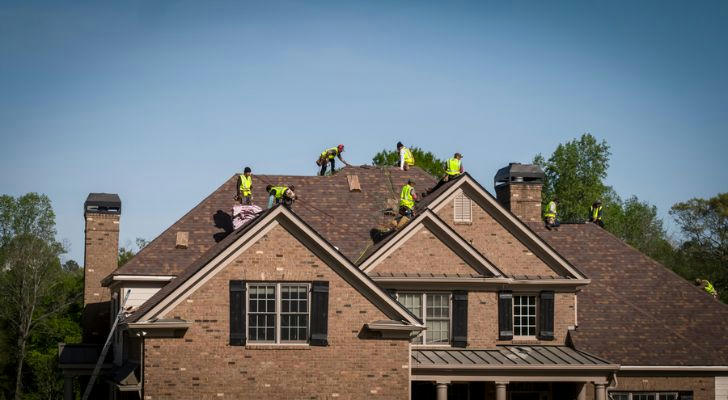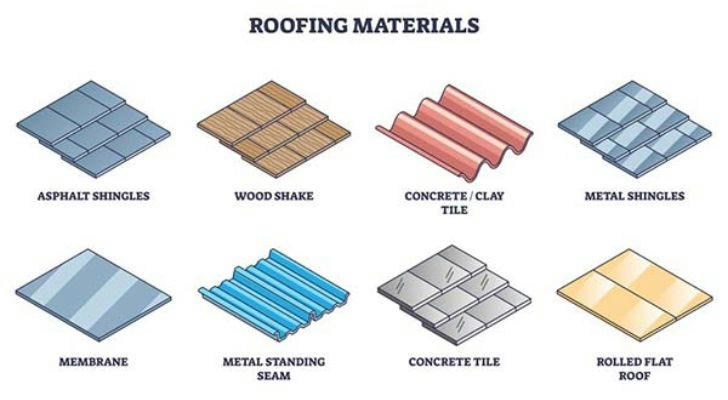The Importance of Roof Replacement: Protecting Your Property for the Long Term
Your roof plays a critical role in shielding your home from rain, wind, sun, and extreme weather. Over time, even the best roofs wear down. When repairs become frequent or ineffective, a full roof replacement is the best way to ensure long-term safety, efficiency, and property value.

When to Replace a Roof
Most roofs last 20–50 years, depending on materials and local climate. But age isn't the only factor. Watch for:
- Cracked, curled, or missing shingles
- Interior leaks or water stains
- Sagging areas or mold growth
- Higher energy bills
If you notice these issues, have a licensed roofer inspect the roof. According to the National Roofing Contractors Association, roofs should be inspected at least twice a year.
What Happens During Roof Replacement
A typical roof replacement involves several key steps:
- Inspection & Quote – A roofer checks the structure, recommends materials, and provides a written estimate.
- Permits & Scheduling – Most areas require a permit. The contractor handles this and plans work around the weather.
- Removal of Old Roof – Shingles and underlayment are stripped to inspect the deck.
- Structural Repairs – Damaged or rotted sections of the decking are replaced.
- New Underlayment & Flashing – A waterproof barrier and metal flashing are installed to prevent leaks.
- Installing New Roof – Shingles, tiles, or panels are added along with proper ventilation.
- Cleanup & Final Inspection – The area is cleaned, and the contractor ensures everything meets quality standards.
Most jobs are completed within 1–3 days, depending on roof size and weather.
Choosing the Right Roofing Materials
Your choice of material affects both appearance and lifespan. Here are common options:
- Asphalt Shingles – Affordable and widely used. Lifespan: 15–30 years
- Metal Roofing – Durable and energy-efficient. Lifespan: 40–70 years
- Clay/Concrete Tiles – Fire-resistant and long-lasting. Lifespan: 40–50 years
- Slate – Elegant and extremely durable. Lifespan: 75+ years
Select materials that meet ASTM standards and suit your region’s weather.

How to Hire the Right Roofing Contractor
A quality installation depends on hiring the right team. Look for:
- Valid license and full insurance
- Manufacturer certifications (e.g., GAF, Owens Corning)
- Strong reviews and client references
- Clear contract and long-term warranty (10–25 years)
Tip: Get 2–3 quotes before making a decision. A well-installed roof not only lasts longer but can boost resale value.
Benefits of Roof Replacement
Replacing your roof brings both immediate and long-term advantages:
- Lower Energy Costs – Improved insulation reduces heating/cooling bills
- Increased Home Value – A new roof is attractive to buyers
- Stronger Protection – Modern materials resist harsh weather
- Peace of Mind – You won’t worry about leaks or sudden repairs
According to Remodeling Magazine, a roof replacement can recoup up to 61% of its cost during resale.
Conclusion
Replacing your roof may seem like a big step, but it’s a smart, long-term investment. By acting early, choosing the right materials, and hiring a skilled contractor, you protect your home from damage and increase its overall value.
Don’t wait for a small leak to become a major problem. Stay proactive and ensure your home stays safe, comfortable, and efficient for years to come.
